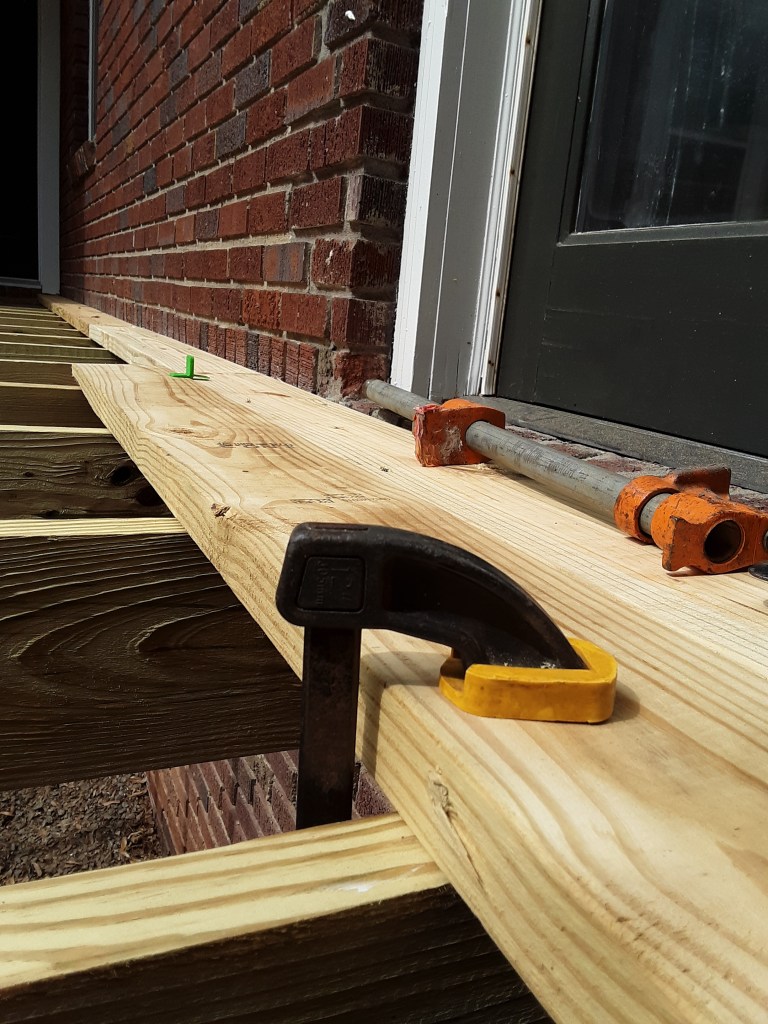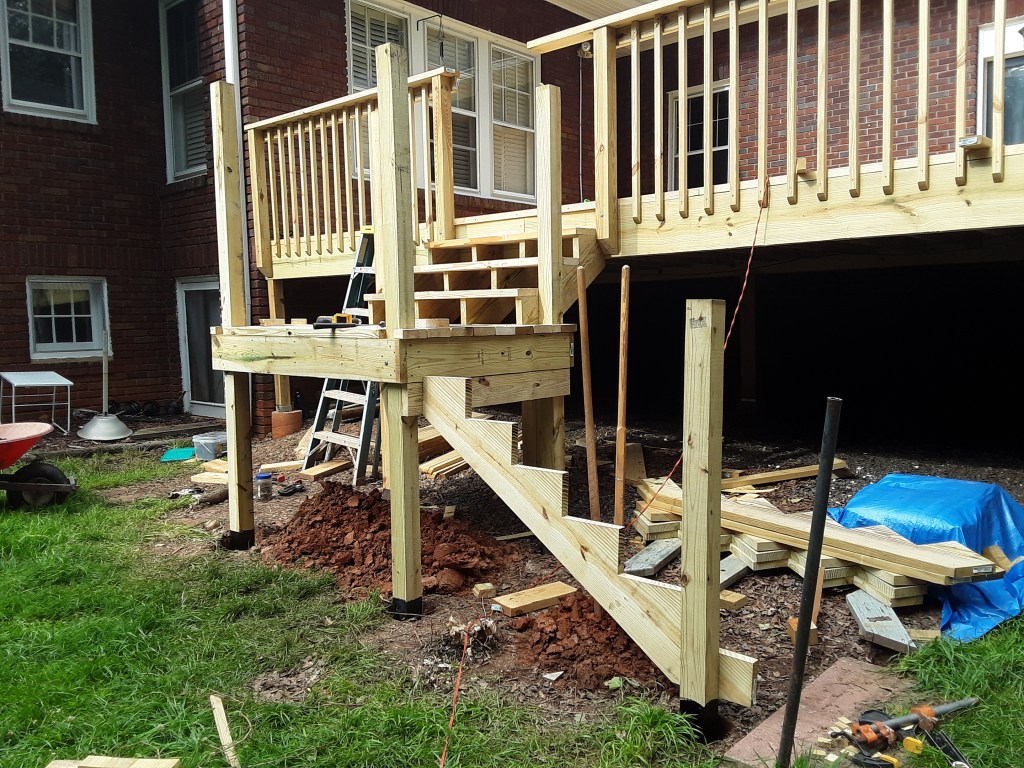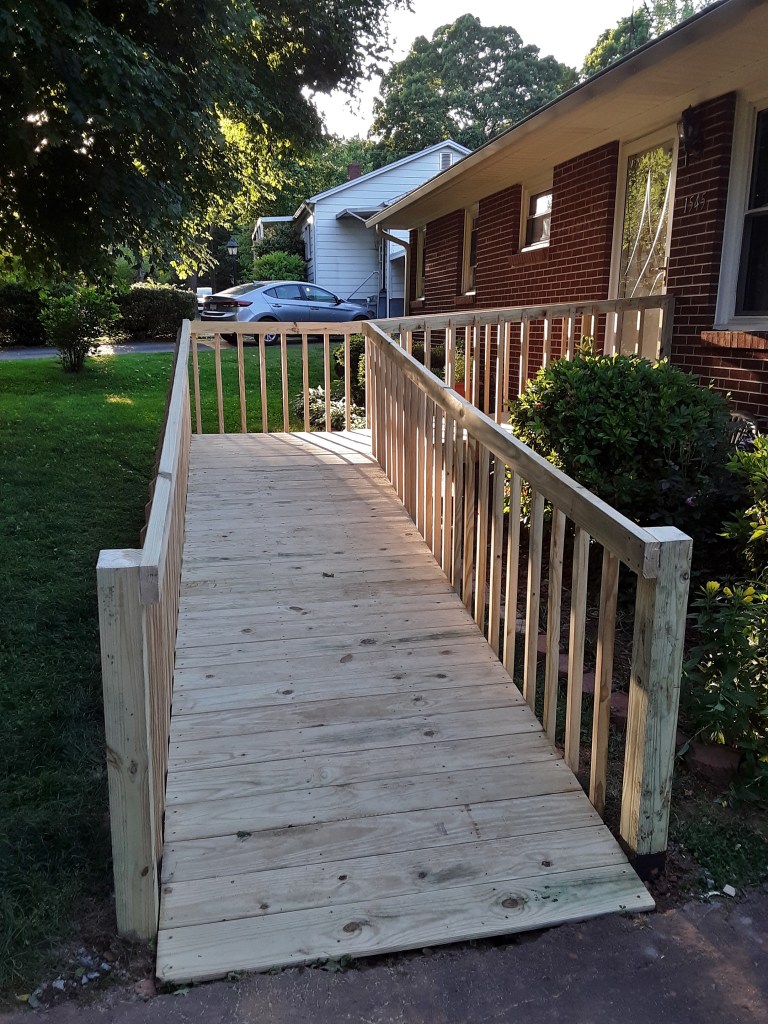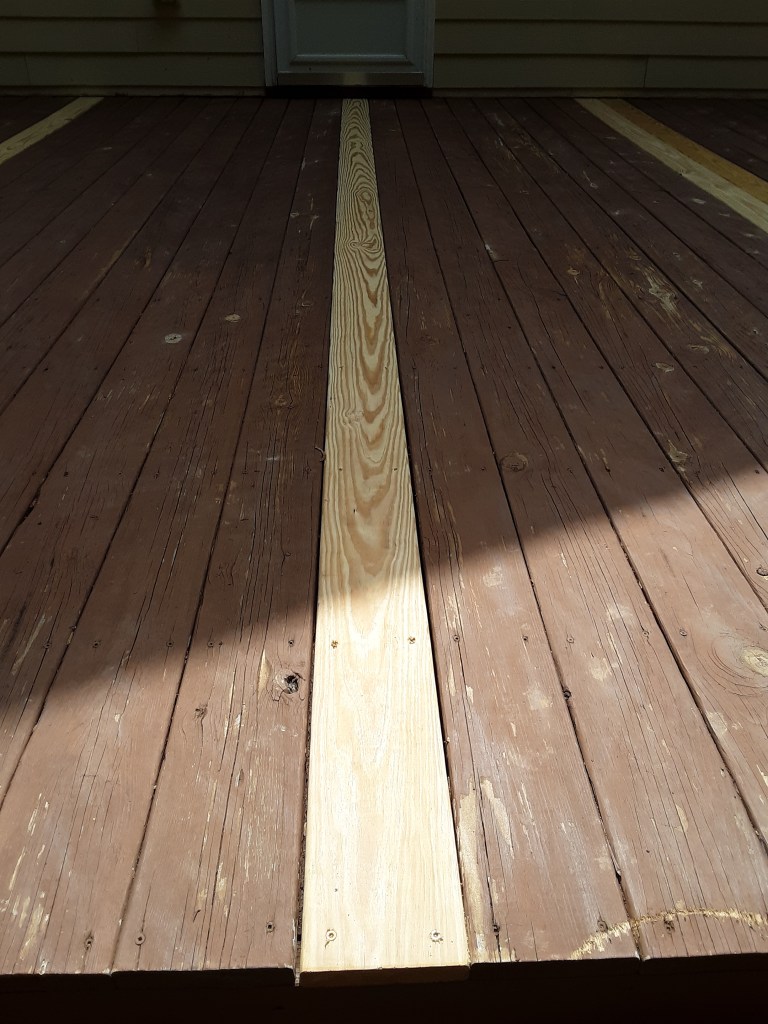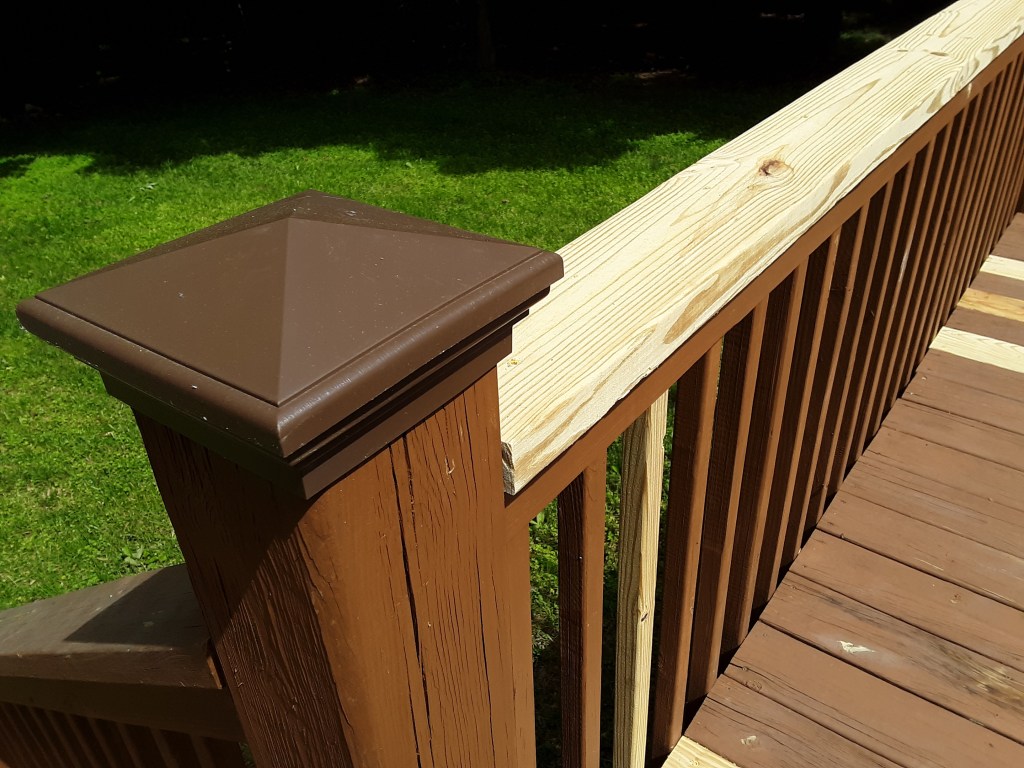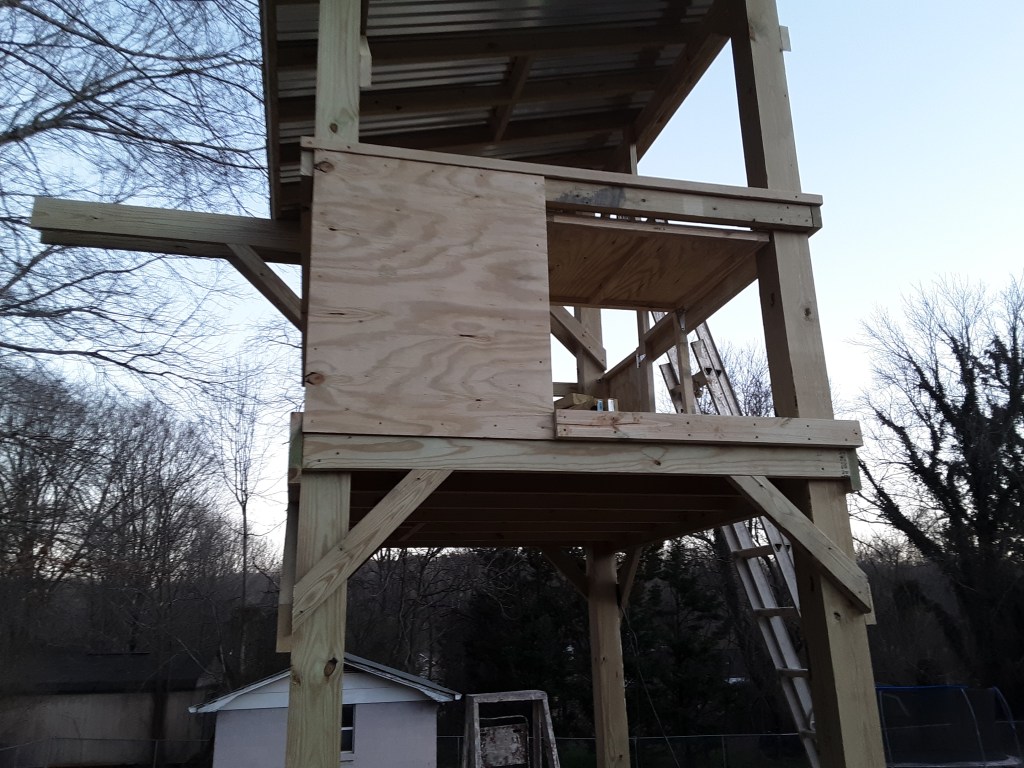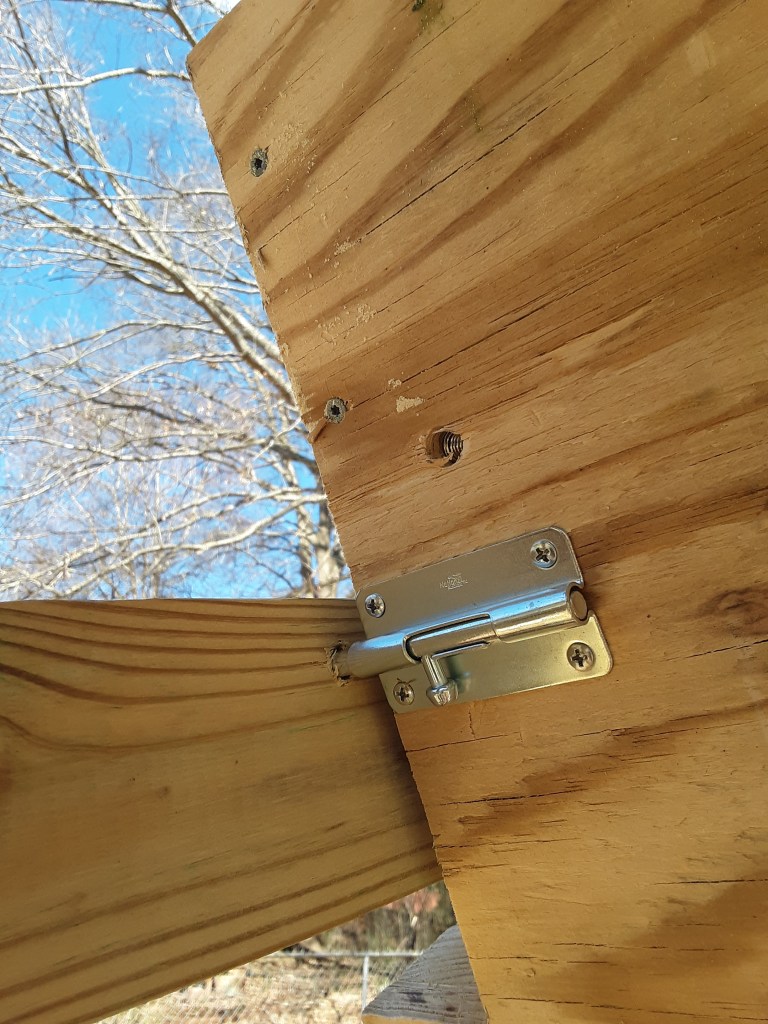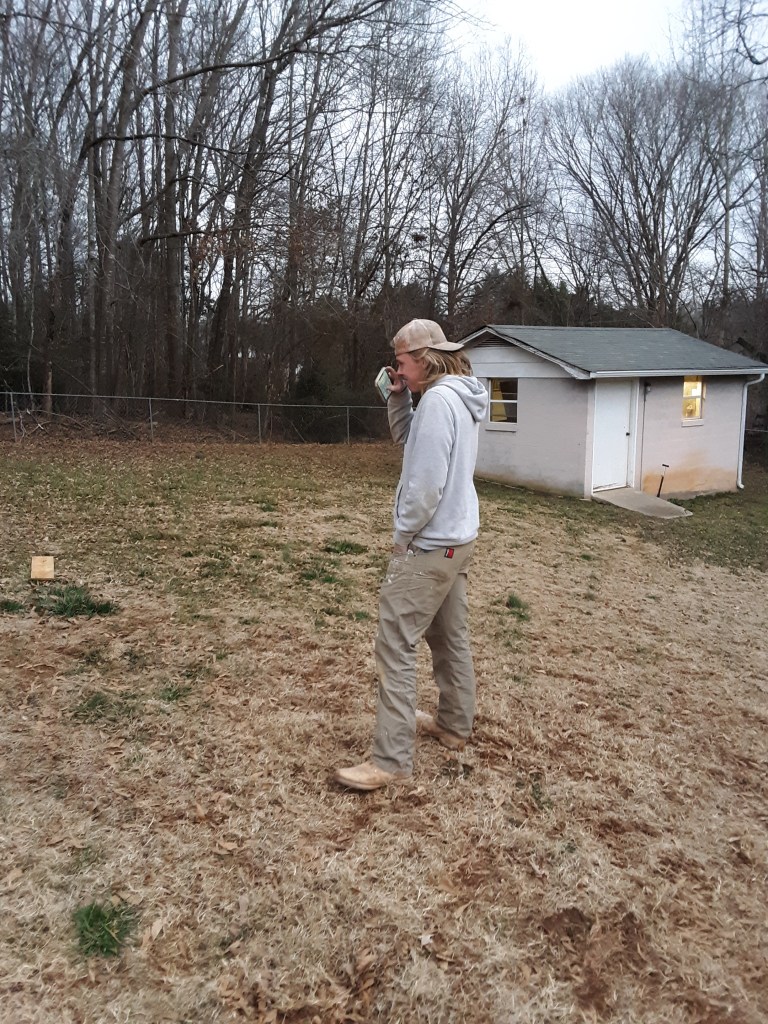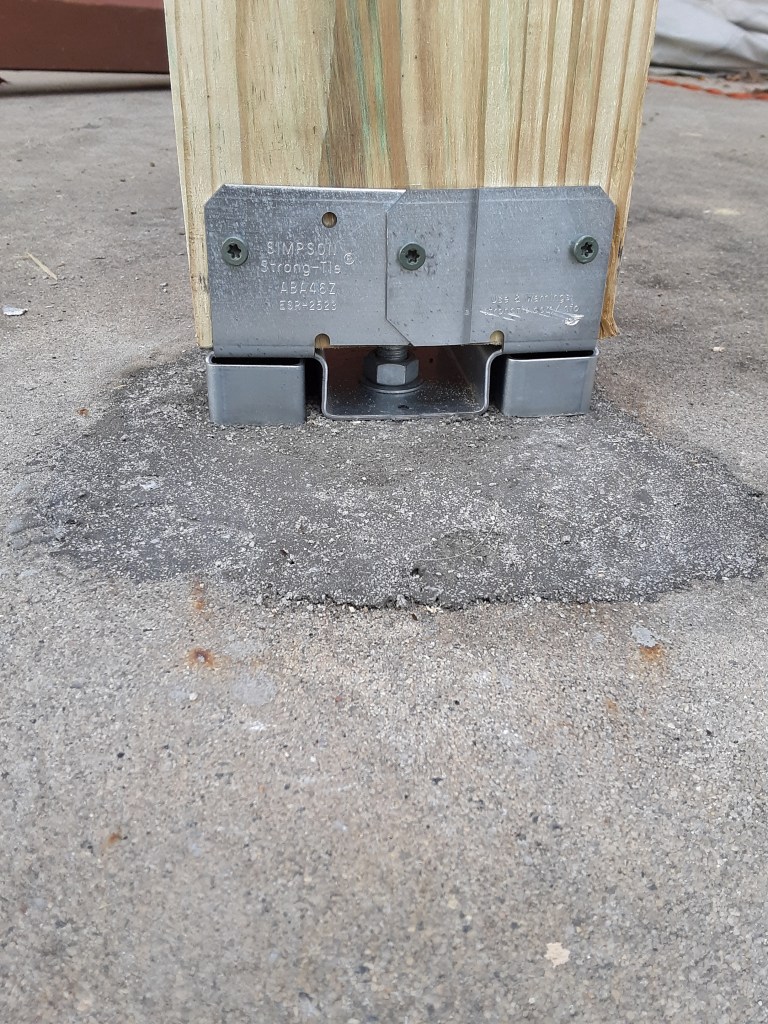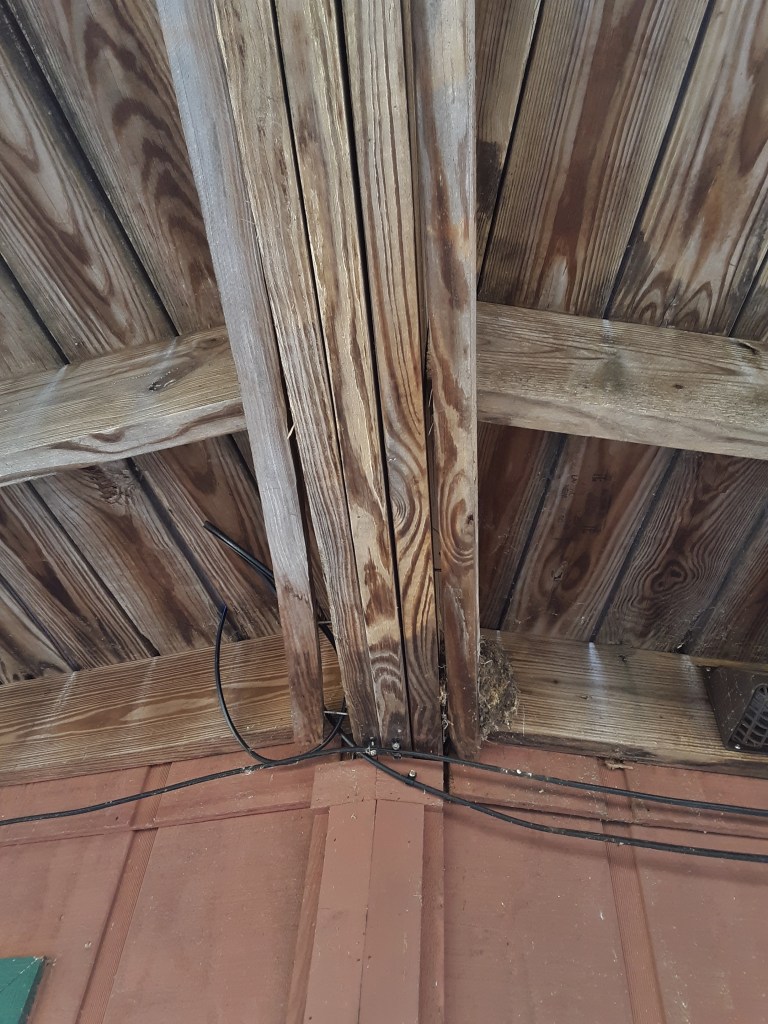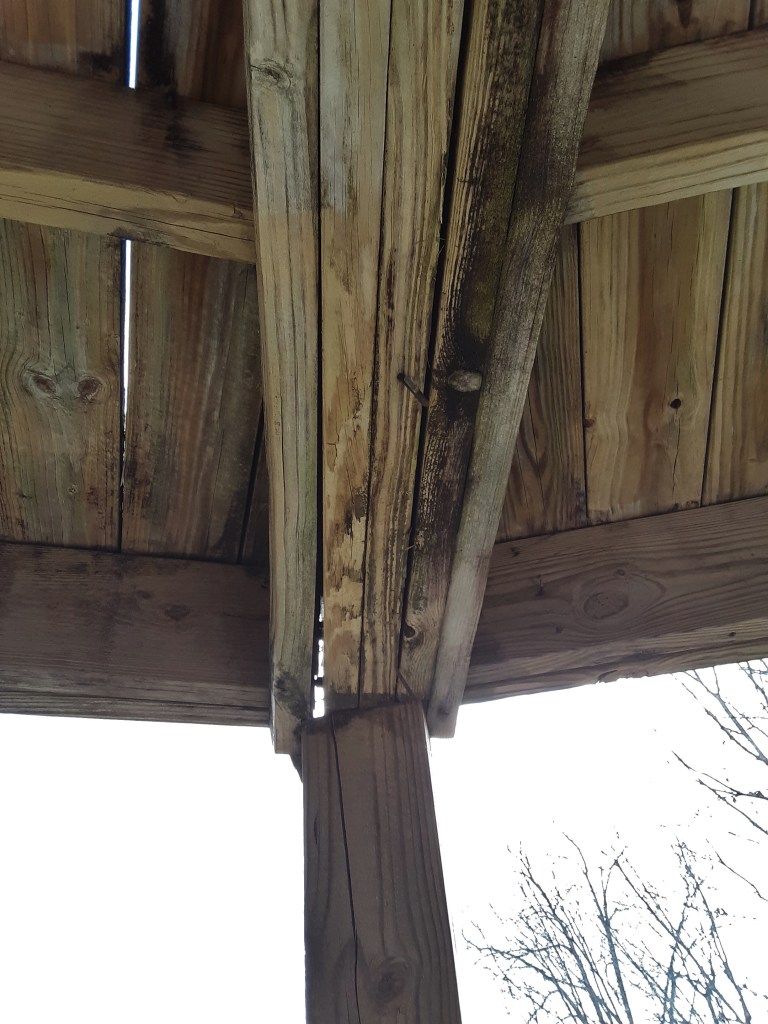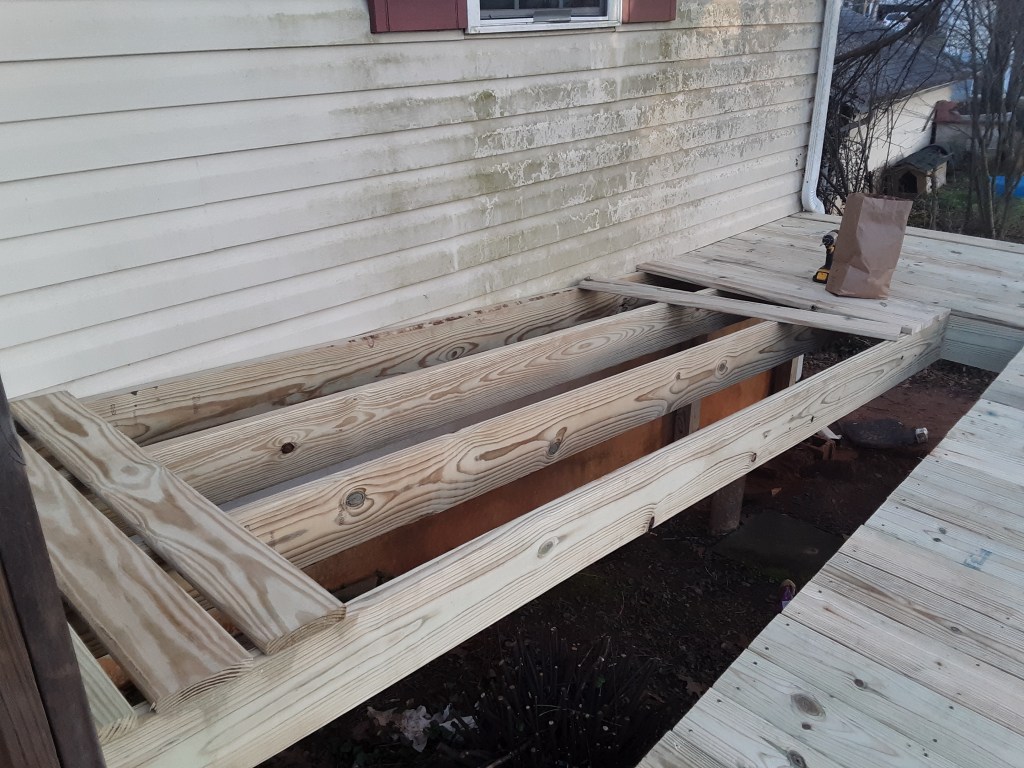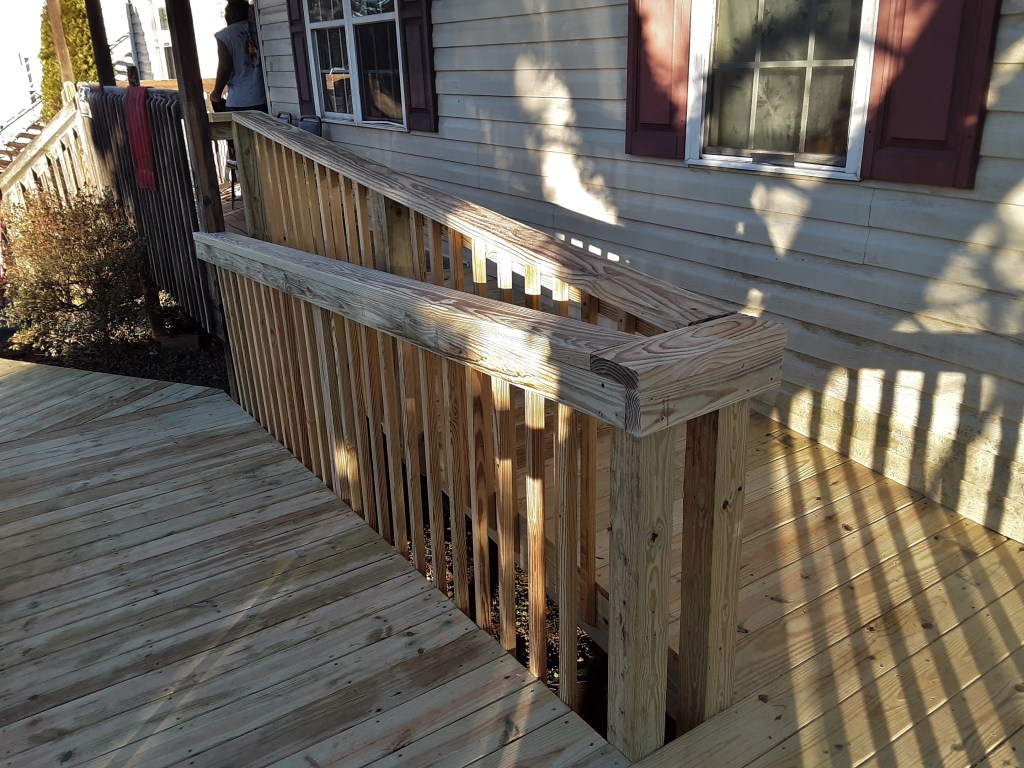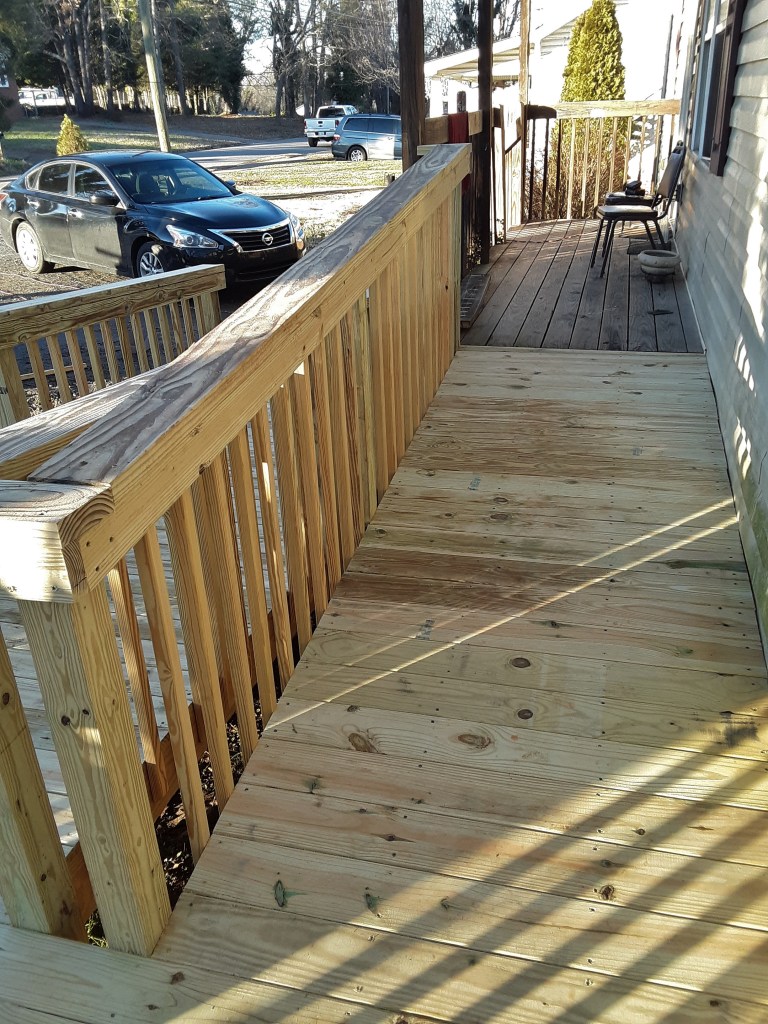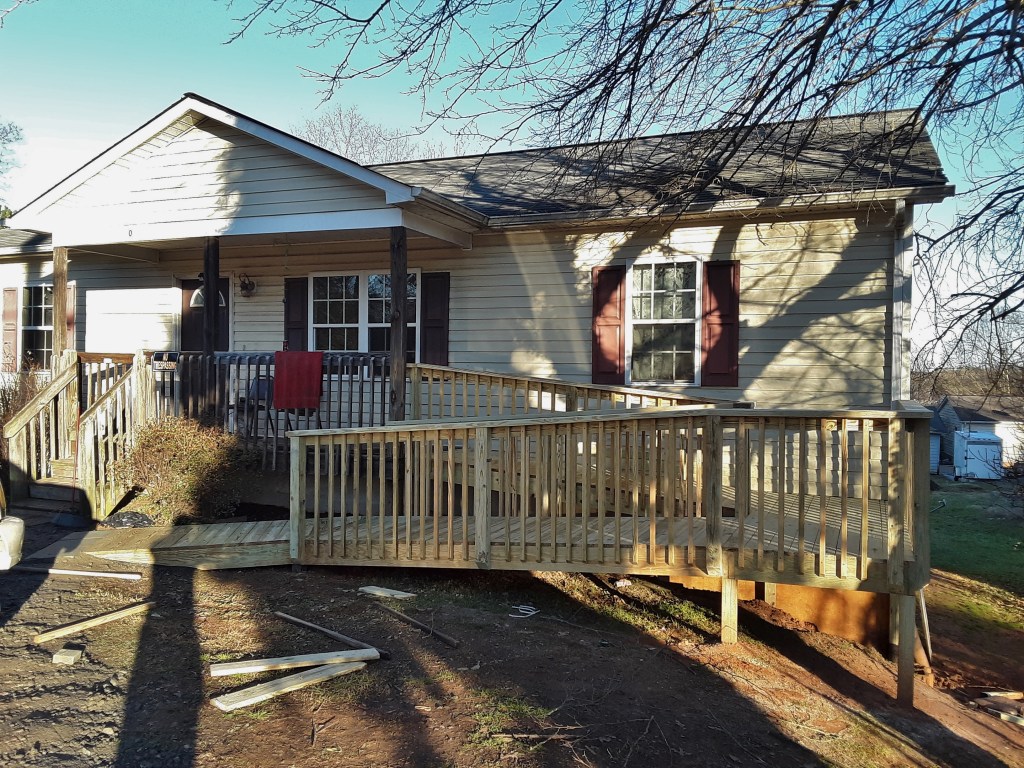Permanently or for a while, I don’t know, but certainly for the next few months I will not be building any decks since I have started a new, fulltime job indoors helping people recover their health. It is a major career and direction change for a 62 year-old, but one I have been pursuing for nearly five years now. I agreed to this deck somewhat reluctantly because I knew that it was going to push right up to the time I would be moving. In fact, I did end up pushing very hard to complete it the day before I started packing the truck. The completion of this short phase in my life reminded me of a song on an old 78 RPM record my mother had in the Livingroom Closet. On the very static recording, Gene Autry is crooning, “I’m headed for the last round-up”. In the song, he is actually talking about going to heaven, but as a boy I didn’t catch on to that. Instead, I took it to mean that an old cowboy was riding in his last cattle round-up, meaning he was retiring. I get asked somewhat frequently how I like retirement, having retired from public education after 28 years. I don’t really know. I have built decks for two years and now end that round-up circuit in order to start a new adventure.
There were costs to building decks. I worked long hours on the clear days and not at all on the rainy days. I was totally worn out at times. Making mistakes and having cost overruns was frustrating. I was frequently exposed to chemicals that I have a reaction to. It was difficult to price things to make money without chasing off potential customers. I knew that I could not physically do this work long-term. There were benefits to building decks. I was my own boss and kept my own hours. I met new people and had many profitable conversations. I was physically stronger than I had been previously for many years. I sweated profusely which is good for a body. Solving problems was a good challenge. I had the sense of a job well done and thank you’s for accomplishing it. It paid many bills.
For a tour of the process on this latest and possibly last deck, click on Something Old and Something New.


















